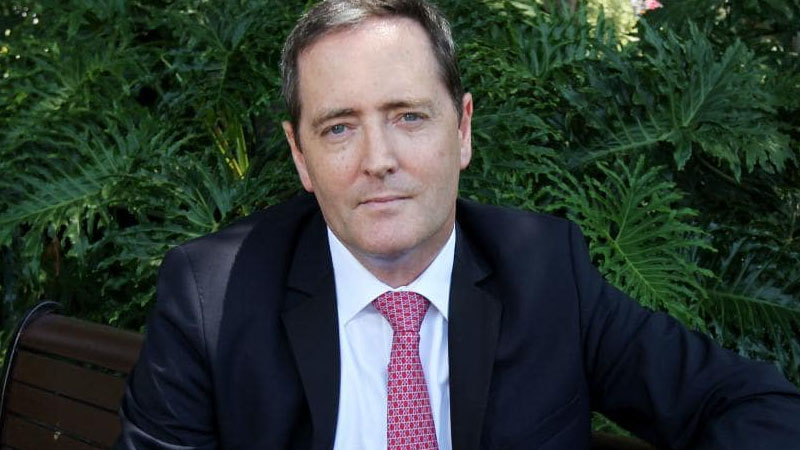Research shows reduction in superannuation gender gap

While considerable progress has been made in closing the gap in retirement savings between men and women, median balances for both genders are still well below what’s required for a comfortable retirement, said ASFA.
Based on a new research paper by the Association of Superannuation Funds of Australia (ASFA), over the two years to June 2019, the average balance for males grew by 10.8 per cent, while for females, it grew by 12 per cent. Females held around 42.5 per cent of total superannuation assets, up from 41.9 per cent two years before.
For individuals aged 60 to 64, in June 2019, the average balance for males was $359,870 with a median of $178,800, and for females, the average was $289,180 with a median of $137,050.
The retirement savings gap based on the median figures is 23.4 per cent. This is well down on the 47 per cent gap figure cited by many commentators, which is now out of date as it applied to those aged 55 to 64 in Australian Bureau of Statistics (ABS) figures for 2013-14.
However, ASFA chief executive Dr Martin Fahy stated that the median figures are still well short of the amounts needed to support a comfortable standard of living in retirement.
“Moving compulsory contributions to 12 per cent, as is legislated, together with other targeted policy measures is necessary to reduce the retirement savings gap for many Australians,” said Dr Fahy.
One of the measures ASFA is calling for is for the upper threshold for the low-income superannuation tax offset (LISTO) to be increased from $37,000 to $45,000.
“LISTO is a government superannuation payment of up to $500 per year to help low-income earners save for retirement. Before-tax super contributions are taxed by the government at 15 per cent. The low-income tax offset effectively refunds that tax for low income earners straight into their super fund,” it stated.
“Recipients do not need to do anything to claim this low-income tax offset. It happens automatically when people lodge their tax return, providing the superannuation fund has a copy of the member’s tax file number. In 2020-21 there was a total of $670 million in LISTO payments made by the ATO to the superannuation accounts of 2.4 million individuals.”
ASFA has also proposed in its 2022-23 pre-budget submission that a superannuation baby bonus be introduced and that government-funded superannuation contributions be made at ages 30 and 50 to those who have low super balances and who have a low or modest income. ASFA also supports the payment of superannuation contributions in relation to paid parental leave.
The research paper also noted that average and median superannuation balances for Aboriginal and Torres Strait Islander men and women and for those with non-English speaking backgrounds tend to be much lower than for the population as a whole.
“However, the positive impact of compulsory superannuation can be observed, with both incidence of superannuation and average and median balances increasing between 2014 and 2018,” the paper stated.

Miranda Brownlee
Miranda Brownlee is the deputy editor of SMSF Adviser, which is the leading source of news, strategy and educational content for professionals working in the SMSF sector.
Since joining the team in 2014, Miranda has been responsible for breaking some of the biggest superannuation stories in Australia, and has reported extensively on technical strategy and legislative updates.
Miranda also has broad business and financial services reporting experience, having written for titles including Investor Daily, ifa and Accountants Daily.






